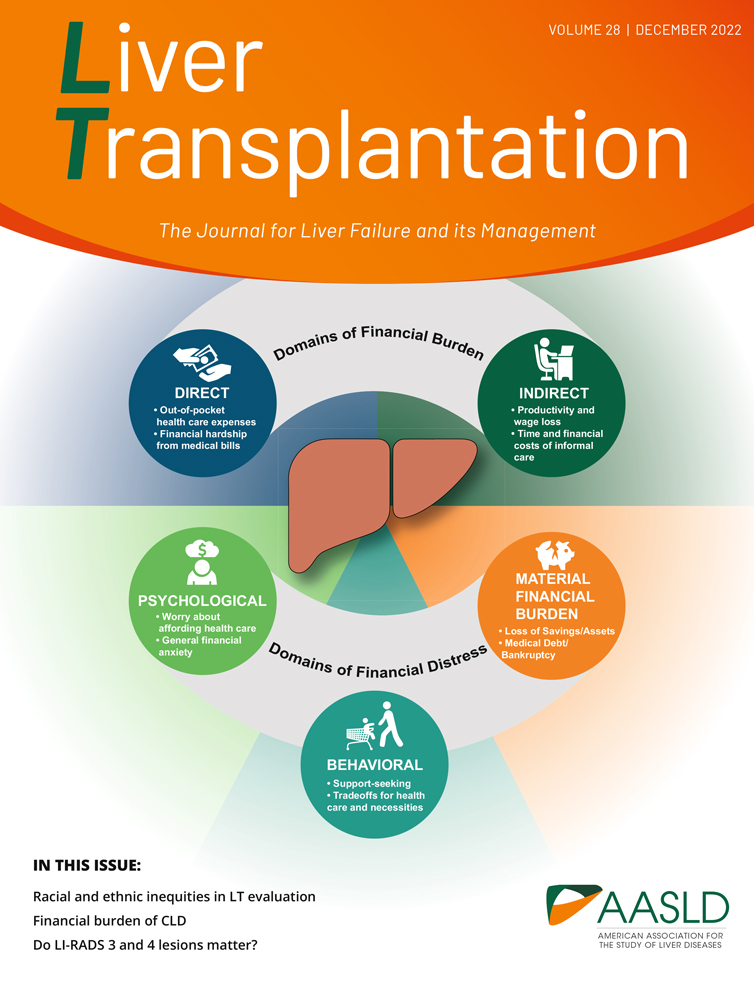Auxiliary liver transplantation for fulminant hepatitis B: Results from a series of six patients with special emphasis on regeneration and recurrence of hepatitis B
Abstract
Emergency liver transplantation is the treatment of choice for the most severe forms of fulminant hepatitis B. Auxiliary liver transplantation is an attractive alternative, offering the possibility of regeneration and discontinuation of immunosuppression. However, the use of auxiliary transplantation for fulminant hepatitis B is controversial because the remnant part of the native liver could be the source of recurrence of HBV infection. We report the results of auxiliary liver transplantation in six patients with fulminant hepatitis B. Postoperatively, all patients received gancyclovir and anti-hepatitis B surface immune globulins. Graft function has been satisfactory in all cases and all patients had rapid neurologic improvement. One patient died with a functional graft because of disseminated aspergillosis on postoperative day 17. The remaining 5 patients are currently alive. The 4 patients with more than 1-year follow-up had complete regeneration of the native liver and are free of immunosuppression. None of these patients had recurrence of hepatitis B. These results suggest that the use of an auxiliary graft is a safe alternative in selected patients with fulminant hepatitis B. Regeneration of the native liver, even if slow, seems to occur in most cases, allowing discontinuation of immunosuppression, which is a major advantage over conventional transplantation. Finally, the remnant part of the native liver does not compromise immunization against HBV.




